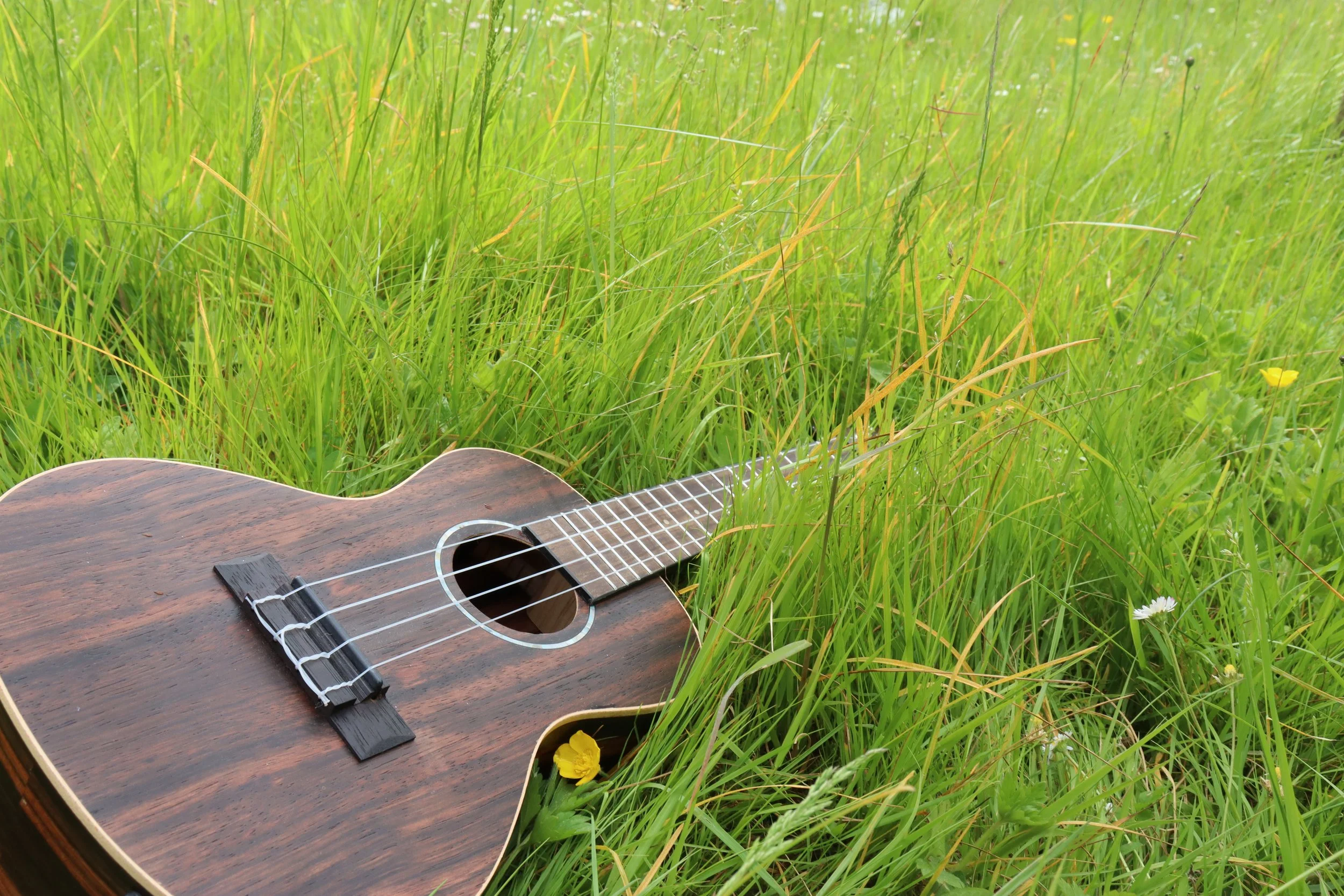Selecting the right ukulele size is essential for players of all ages and skill levels. With a variety of sizes available, ranging from soprano to baritone, choosing the best fit for your needs can seem overwhelming. However, understanding the differences in size, sound, and playability can help you make an informed decision and find the perfect ukulele to match your preferences and playing style. In this comprehensive guide, we'll explore the various ukulele sizes, their characteristics, and considerations for players of all ages.
Soprano Ukulele
The soprano ukulele is the smallest and most traditional size, known for its bright, cheerful sound and compact dimensions. Ideal for beginners and players with smaller hands, the soprano ukulele is lightweight and easy to transport, making it perfect for children and travelers. While its smaller size may result in a slightly shorter scale length and narrower fret spacing, many players appreciate the soprano ukulele's classic tone and playability.
Concert Ukulele
The concert ukulele offers a balance between the compact size of the soprano and the extended range of the tenor, making it a popular choice for players of all ages and skill levels. With a slightly larger body and longer scale length than the soprano, the concert ukulele produces a warmer, fuller sound with enhanced resonance and projection. Its comfortable size and versatile tone make it suitable for a wide range of musical styles and playing techniques.
Tenor Ukulele
The tenor ukulele is larger than the soprano and concert sizes, offering a richer, more robust sound with increased volume and sustain. Ideal for players who prefer a fuller, more resonant tone, the tenor ukulele is popular among intermediate and advanced players seeking a versatile instrument for solo performance and ensemble playing. Its extended scale length and wider fret spacing provide ample room for fingerstyle playing and chord voicings, making it suitable for players of all ages.
Baritone Ukulele
The baritone ukulele is the largest and deepest-sounding of the traditional ukulele sizes, resembling a small guitar in both size and tone. Tuned lower than the soprano, concert, and tenor ukuleles, the baritone ukulele produces a rich, mellow sound with a full-bodied resonance that's reminiscent of a classical guitar. While its larger size may be less suitable for younger players or those with smaller hands, the baritone ukulele offers a unique tonal palette and playing experience that's favored by many experienced musicians.
Considerations for Players of All Ages
When choosing the right ukulele size, there are several factors to consider, regardless of age or skill level:
Comfort and Playability: Select a ukulele size that feels comfortable to hold and play for extended periods. Consider factors such as body size, scale length, and fret spacing to ensure optimal comfort and playability.
Tone and Sound: Experiment with different ukulele sizes to determine which one produces the tone and sound quality that best suits your musical preferences and playing style.
Portability and Convenience: If you plan to travel with your ukulele or play in various settings, consider the portability and convenience of different sizes. Smaller ukuleles are easier to transport, while larger sizes may offer enhanced volume and projection.
Budget: Finally, consider your budget when choosing a ukulele size. While smaller sizes are typically more affordable, larger sizes may offer additional features and tonal characteristics that justify a higher price point.
Conclusion:
Choosing the right ukulele size is a personal decision that depends on your individual preferences, playing style, and budget. Whether you're drawn to the compact size of the soprano, the versatile tone of the concert, the rich resonance of the tenor, or the deep sound of the baritone, there's a ukulele size that's perfect for you. By considering factors such as comfort, tone, portability, and budget, you can confidently select the ideal ukulele to match your needs and embark on a musical journey filled with joy, creativity, and expression.
By following the guidance provided in this guide, players of all ages can confidently select the right ukulele size to match their preferences and playing style. Happy strumming!



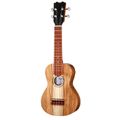
 Thomann Soprano Ukulele Standard
Thomann Soprano Ukulele Standard
 Harley Benton Ukulele DIY-Kit Sopran
Harley Benton Ukulele DIY-Kit Sopran
 Cascha Premium Soprano Uku Solid Top
Cascha Premium Soprano Uku Solid Top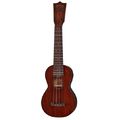
 Martin Guitars 0 Soprano Ukulele
Martin Guitars 0 Soprano Ukulele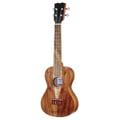


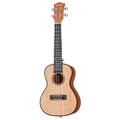
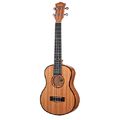


 Flight Victoria CEQ-A Tenor
Flight Victoria CEQ-A Tenor
 Kala KA-SMH-TG-CE Tenor Ukulele
Kala KA-SMH-TG-CE Tenor Ukulele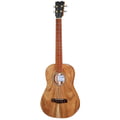
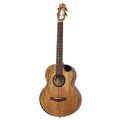


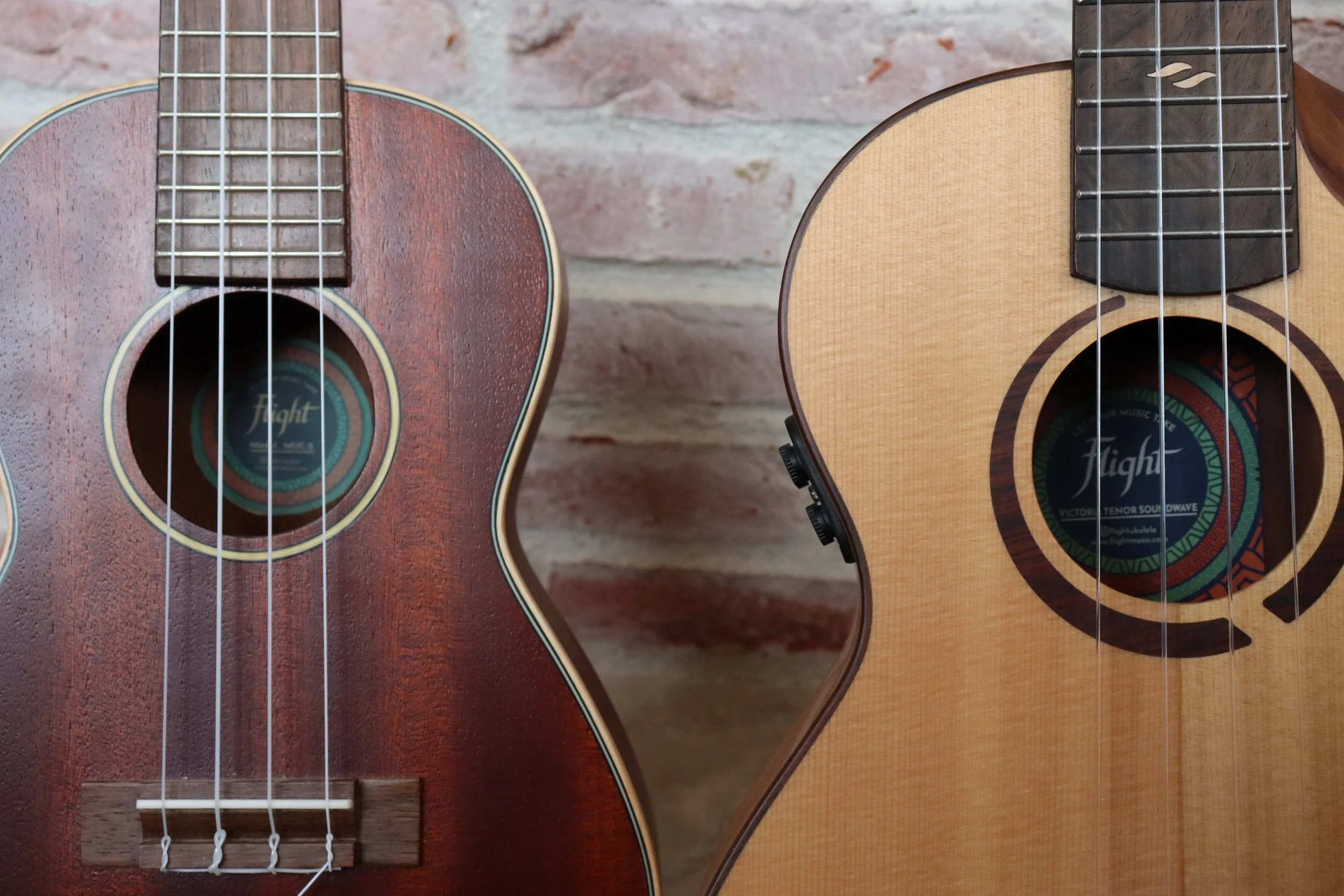


 Taylor GS Mini Mahogany
Taylor GS Mini Mahogany



 Cordoba Fusion Orchestra CE Cedar
Cordoba Fusion Orchestra CE Cedar
 Felipe Conde CE-3 Cedar
Felipe Conde CE-3 Cedar

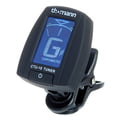
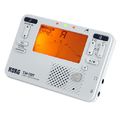
 Korg TM-70T White
Korg TM-70T White
 Rockbag RB20000B Soprano Ukulele Bag
Rockbag RB20000B Soprano Ukulele Bag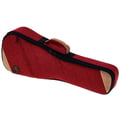
 Ortega OSOCAUK-CC-BX Soft Case Concer
Ortega OSOCAUK-CC-BX Soft Case Concer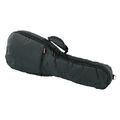
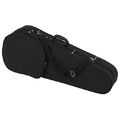


 Richter Vintage Ukulele Strap
Richter Vintage Ukulele Strap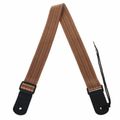
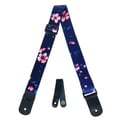

 V-Picks Freakishly Large Pointed
V-Picks Freakishly Large Pointed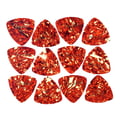
 Fender Triangle Picks Shell Set Thin
Fender Triangle Picks Shell Set Thin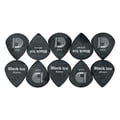
 Daddario 3DBK4-10 Bk Ice Picks Med
Daddario 3DBK4-10 Bk Ice Picks Med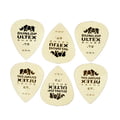
 Dunlop Ultex Sharp Player Picks 0.73
Dunlop Ultex Sharp Player Picks 0.73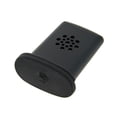
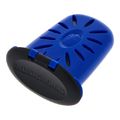
 MusicNomad Ukulele Humidifier
MusicNomad Ukulele Humidifier